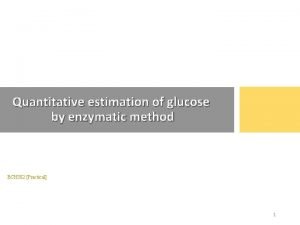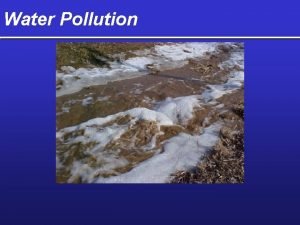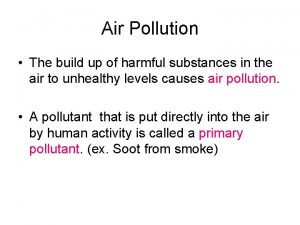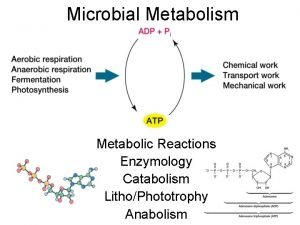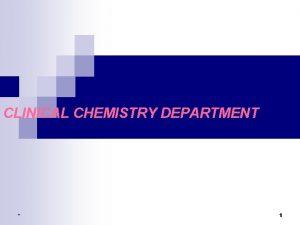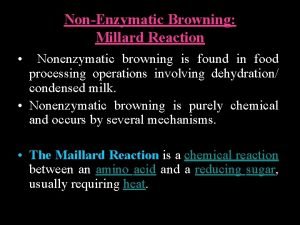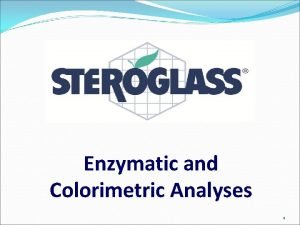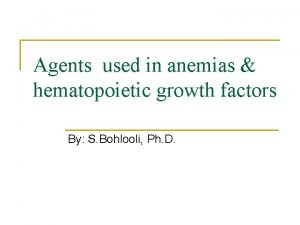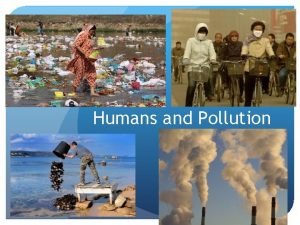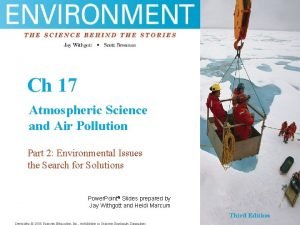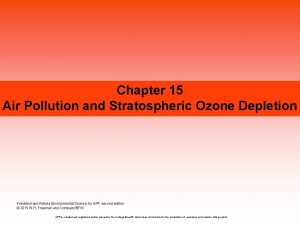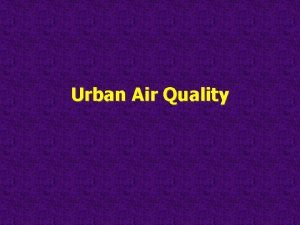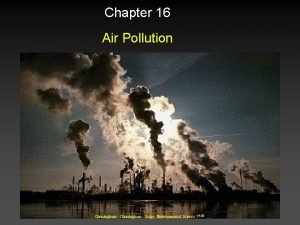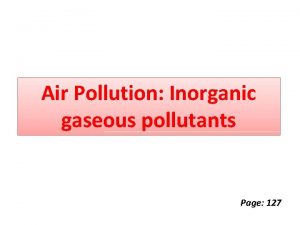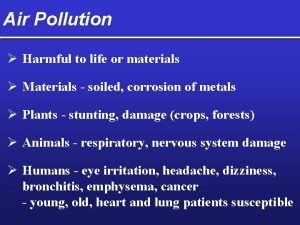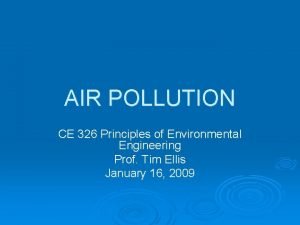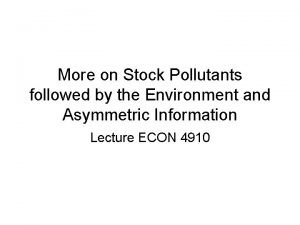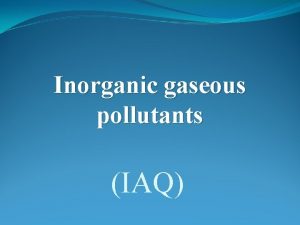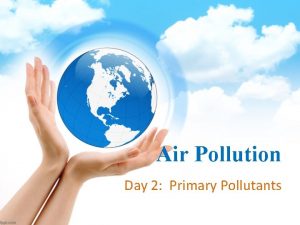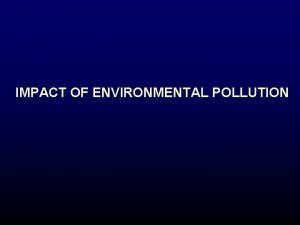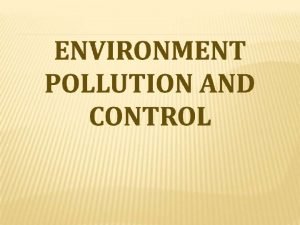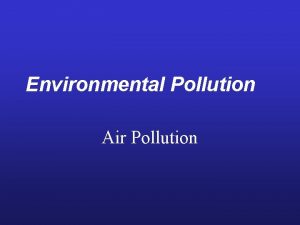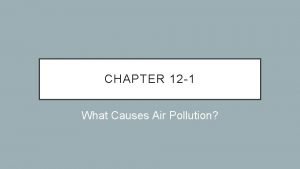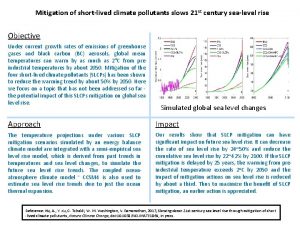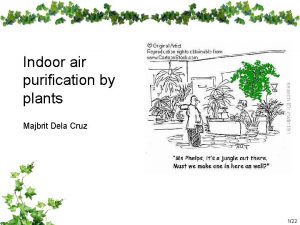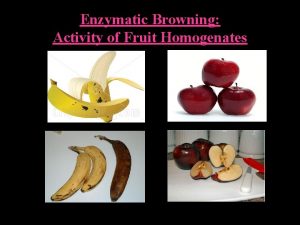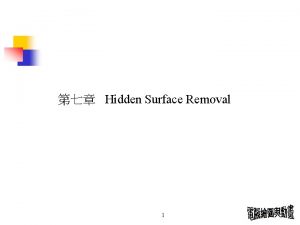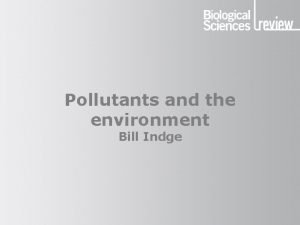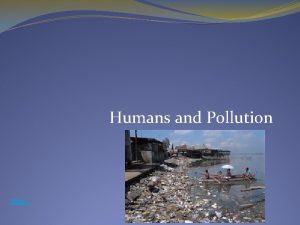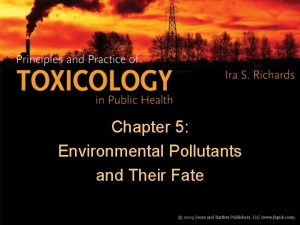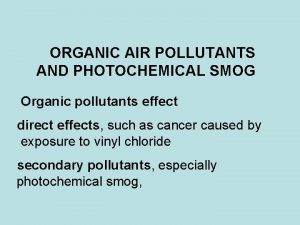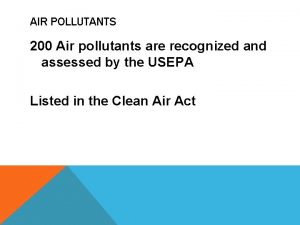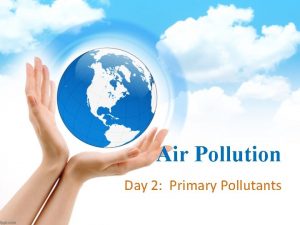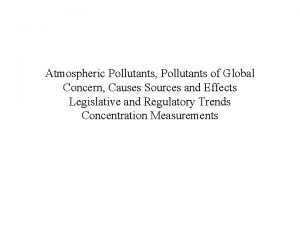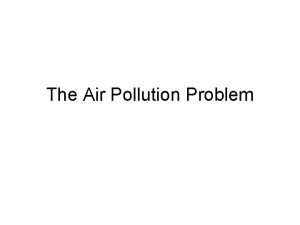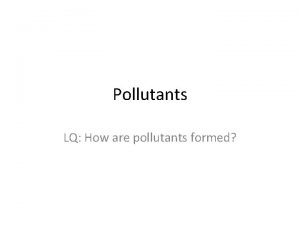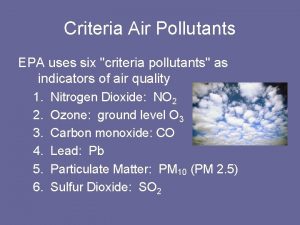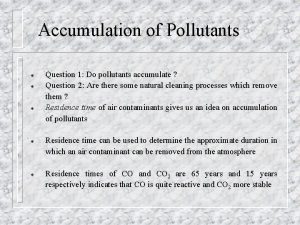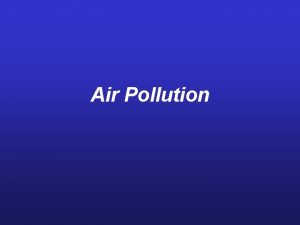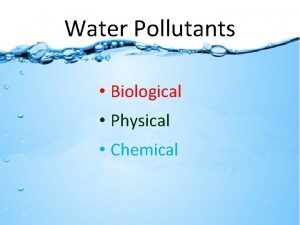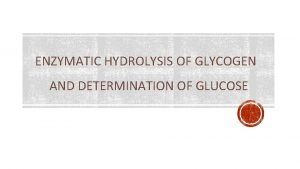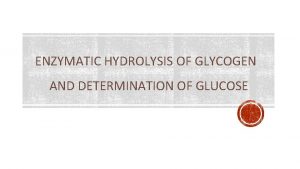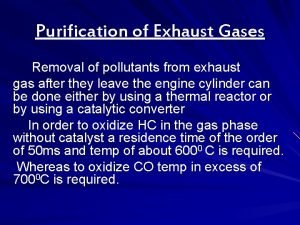Determination and enzymatic removal of Some Pollutants in


































- Slides: 34


Determination and enzymatic removal of Some Pollutants in Effluent of Water Treatment Strains for Petroleum Refinery Project

Al-Dora Oil Refinery Al- Dora oil refinery is one of the major refineries in Iraq. This refinery operates at 24 hours per day, very large amounts of crude oil are refined (5 x 106 M 3/year) to produce different oil cuts such as benzene, gasoil, asphalt, …. etc.

Crude oil is converted into highervalue fuel products. First, the raw crude oil is washed in a de-salter and heated. Next, it enters by the vacuum fractionator, followed by the atmospheric crude fractionator


General Composition of Various Hydrocarbon Products

Wastewater Treatment �Oily water treatment is a one of the most popular engineering and industrial services in the field of industrial water treatment. Human being activities are sending everyday 5. 2 x 105 to 2 million gallons of crude oil or its product to the sea. This encourages the engineering industry to develop various techniques and produce more research to deal with this urgency problem


Phenols Effect of Human Health �Phenol is a white hygroscopic crystalline solid at room temperature with an acrid smell. The chemical formula of phenol is C 6 H 6 OH, and its molecular mass is 94. 11 �Phenols and phenolic compounds are of environmental concern due to their toxicity and being as ubiquitous contaminants in the environment

Benzidines Effect of Human Health �Benzidine is a moderately persistent pollutant in the environment and the exposure to populations with benzidine’s waste-dis-posal is a matter of great concern with regard to human health �The compounds are highly toxic, carcinogenic, mutagenic and teratagenic, stable in water, almost non-biodegradable and irremovable with conventional water treatment technology, thus internationally recognized as priority pollutants

Determination of Priority Pollutant Phenols (PPP) in Water


Determination of Priority Pollutant Benzidine


Enzymes in Wastewater Treatment �A peroxidase-based treatment method to remove aromatic compounds from wastewater employed the peroxidase from Soybean Peroxidase (SBP) or horseradish (HRP), in the presence of hydrogen peroxide, catalyzing the oxidation of over 30 different phenols and aromatic amines.

Soybean Peroxidase (SBP) Soybean peroxidase (SBP) is a hemoprotein oxidoreductase-class enzyme extracted from the soybean seed coat (hull). . The seed hull contains a mixture of soluble proteins of different structural characteristics (size and charge).

Structure of Soybean Peroxidase

Peroxidase Mechanism

High-Performance Liquid Chromatography HPLC

Solid Phase Extraction (SPE) �one of the most substantial steps in analytical chemistry, particularly when the samples need to accomplish a accurate analysis of sophisticated sample mixtures Composed of many components.

List of PPB compounds and their chemical structures and abbreviations

Purification and Separation of Priority Pollutant Benzidines (PPB) by HPLC �Selection of the Mobile Phase �Mobile Phase Organic Solvent Percentage % �Temperature �Flow Rate �Wavelength

List of PPP compounds, chemical structures and abbreviations

Purification and Separation of Priority Pollutant Phenols (PPP) by HPLC �Selection of the Mobile Phase �Organic Solvent Modifier Percentage % �p. H of the Aqueous Part of the Mobile Phase �Flow rate �Temperature �Wavelength

Method Validation Linearity Limit of Detection (LOD) Limit of Quantization (LOQ) Precision and accuracy Ruggedness and robustness

Extraction of the desired component by Solid Phase Extraction (SPE)

Extraction of the desired component by Solid Phase Extraction (SPE) �Cartridge Resin �Elution Solvent �p. H Effect of Primary Standard Solution

Application of Real Samples Petroleum Refinery Industrial Waste-Water Treatment Stages of waste-water treatment in the petroleum refinery station with sampling sites A, B, and C

Sampling sites D, E, and F at Tigris River

Treatment Study Experimental protocol for the enzymatic treatment of phenol and benzidine Batch reactors containing buffer, substrate, hydrogen peroxide, and SBP in a total volume of 20 ml were stirred by magnetic stirrers. The mixture was added in the following order: distilled water, buffer, enzyme, and H 2 O 2 of a proper concentration to start the reaction. The mixture was stirred gently for 3 hrs in open air, and then excess catalase enzyme was added quench the reaction after 3 hrs.

Optimization of the Removal of Benzidine from Synthetic Waste-Water Optimum p. H Minimum SBP concentrations Optimum hydrogen peroxide-to-substrate concentration ratio Effect of Reaction Time

Optimization of Removal of Phenol from Synthetic Waste-Water Optimum p. H Minimum Enzyme Activity An optimum hydrogen peroxide -tosubstrate concentration ratio


 Quantitative estimation of glucose by which method
Quantitative estimation of glucose by which method Planting more trees is called
Planting more trees is called Primary pollutants and secondary pollutants
Primary pollutants and secondary pollutants Primary pollutants and secondary pollutants
Primary pollutants and secondary pollutants Enzymatic debridement
Enzymatic debridement Metabolism
Metabolism Creatinine (enzymatic)
Creatinine (enzymatic) Millard browning
Millard browning Enzymatic colorimetric method
Enzymatic colorimetric method Enzymatic reactions
Enzymatic reactions Primary and secondary pollutants
Primary and secondary pollutants Ozone layer depletion
Ozone layer depletion Primary and secondary pollutants difference
Primary and secondary pollutants difference Contact force
Contact force Some trust in chariots and some in horses song
Some trust in chariots and some in horses song Secondary pollutants examples
Secondary pollutants examples Primary vs secondary pollutants
Primary vs secondary pollutants Inorganic gaseous pollutants of air
Inorganic gaseous pollutants of air Secondary air pollutants
Secondary air pollutants Primary vs secondary pollutants
Primary vs secondary pollutants Stock pollutants
Stock pollutants Inorganic gases
Inorganic gases What are the secondary air pollutants
What are the secondary air pollutants Meaning of environment
Meaning of environment Definition of environment pollution
Definition of environment pollution Major air pollutants
Major air pollutants Air pollutants
Air pollutants Short lived climate pollutants
Short lived climate pollutants Indoor air pollution sources
Indoor air pollution sources Solar energy and the atmosphere
Solar energy and the atmosphere Sometimes you win some
Sometimes you win some They say sometimes you win some
They say sometimes you win some Ice cream countable or uncountable noun
Ice cream countable or uncountable noun Fire and ice diamante poem
Fire and ice diamante poem Some say the world will end in fire some say in ice
Some say the world will end in fire some say in ice
